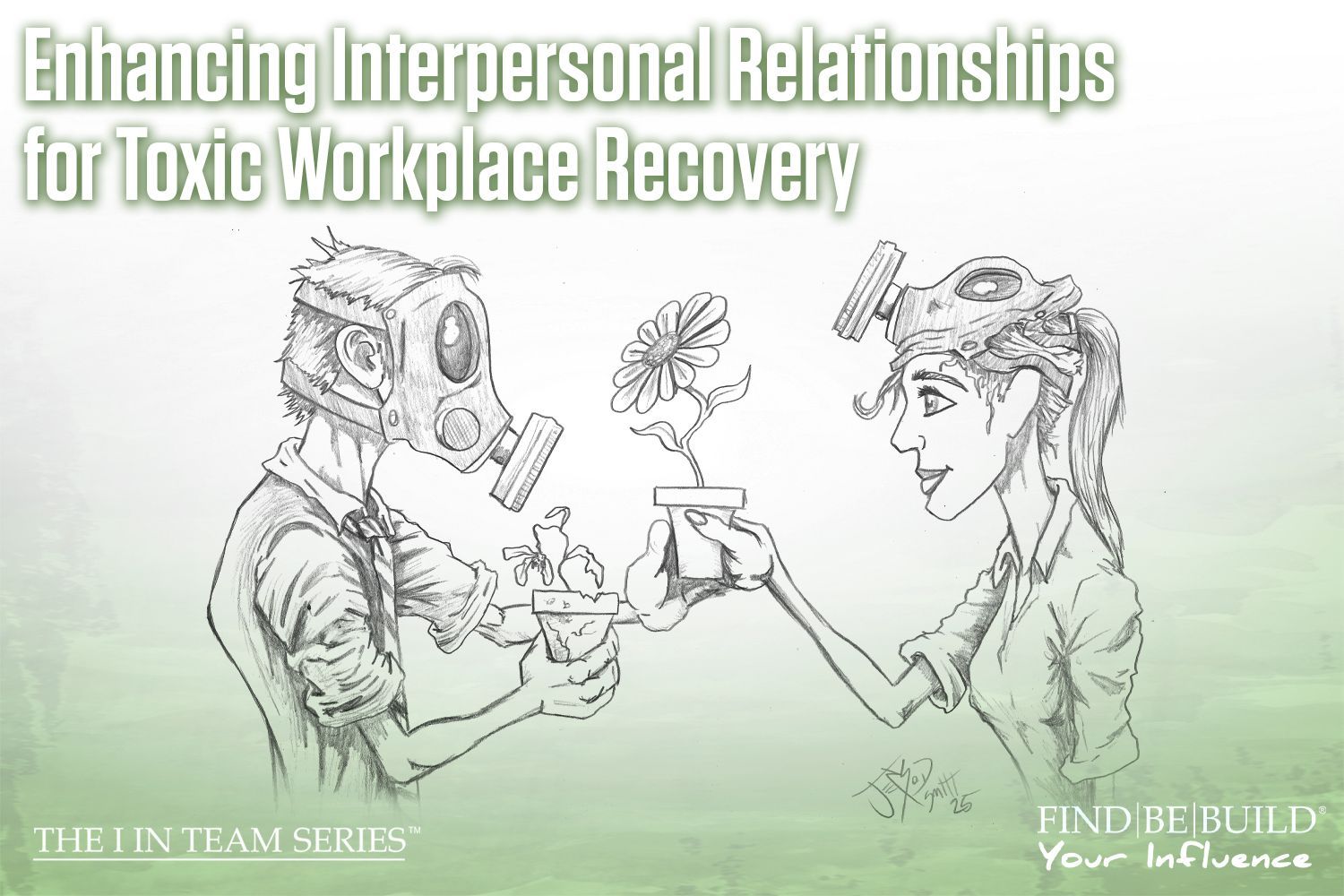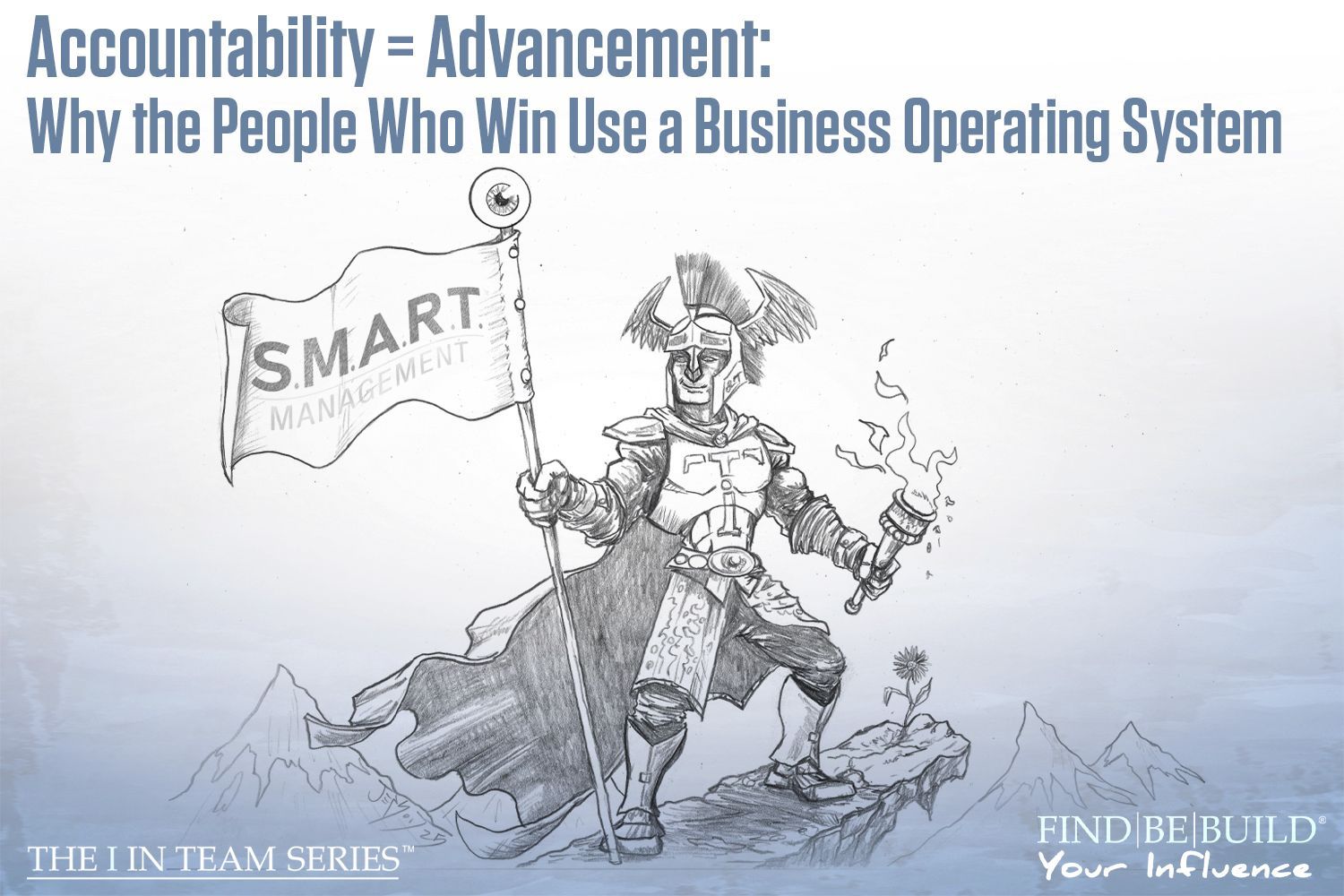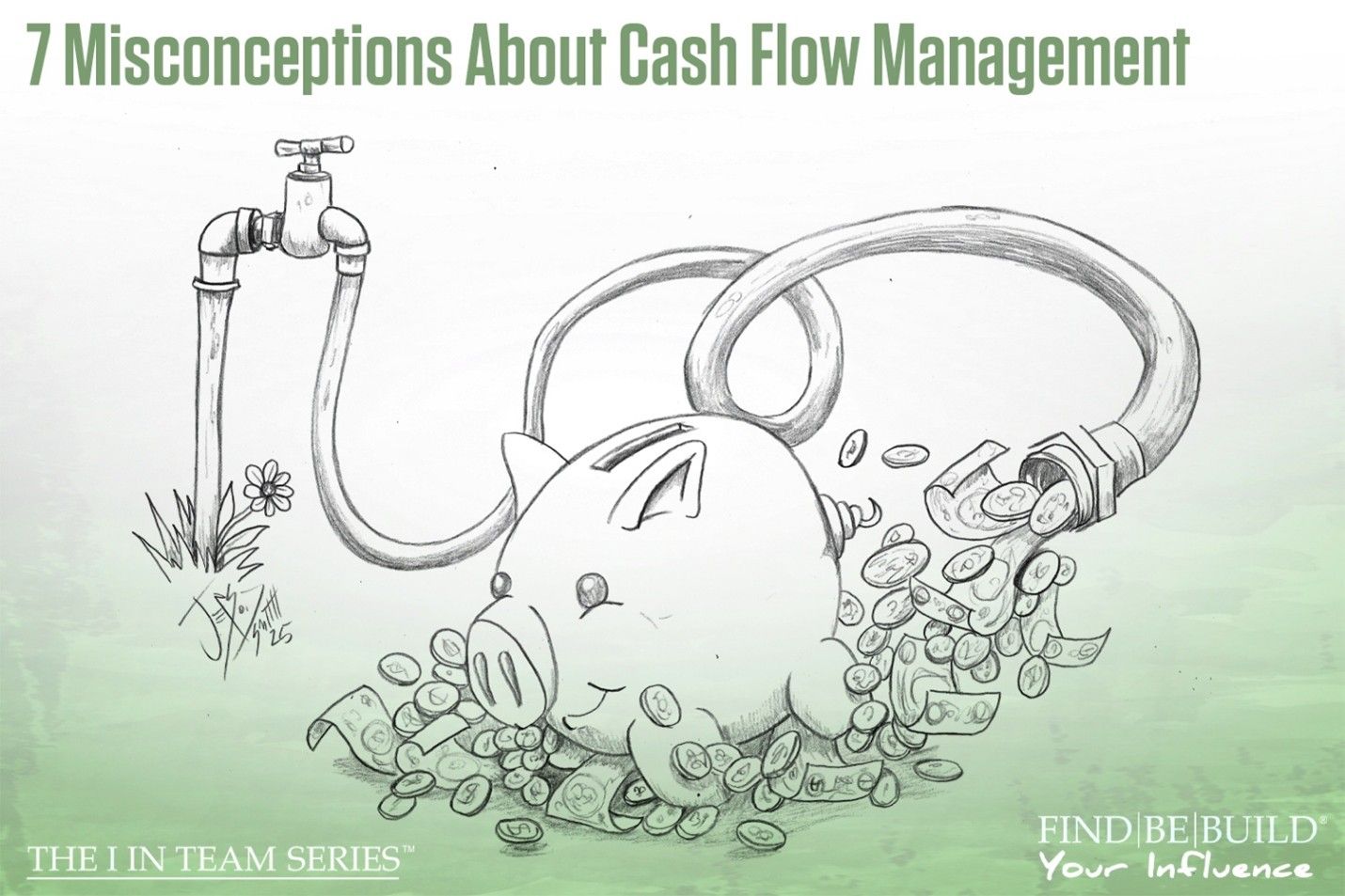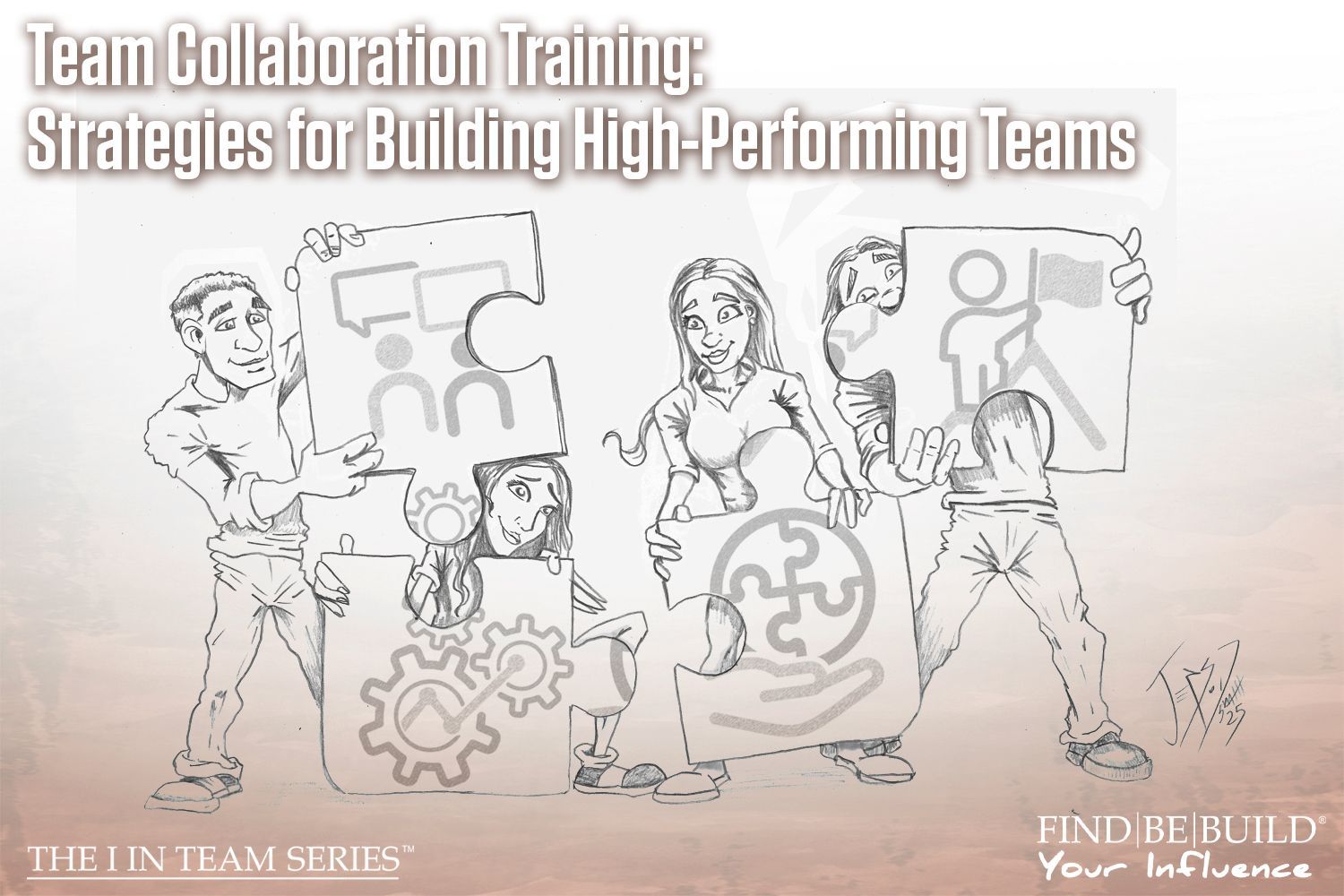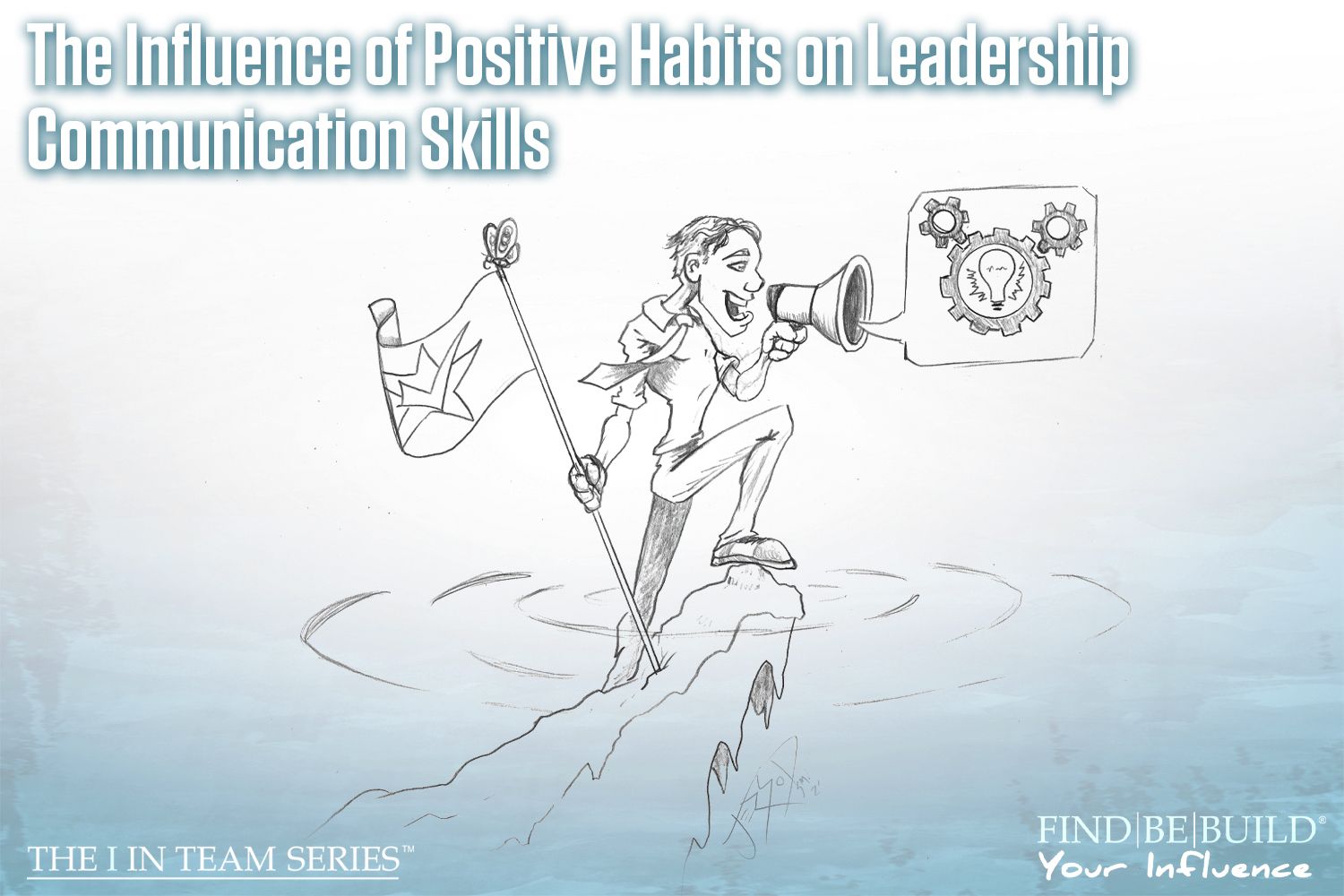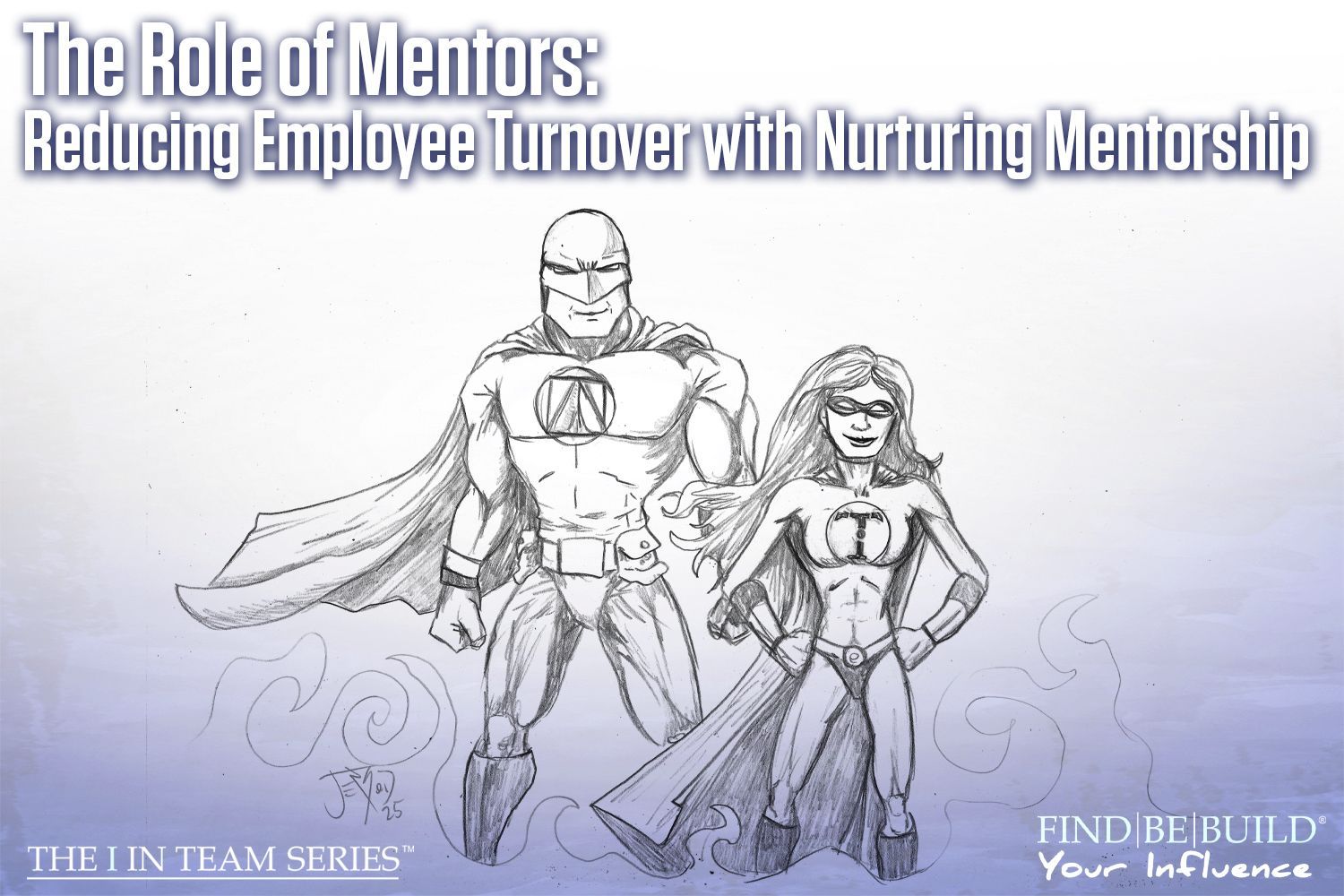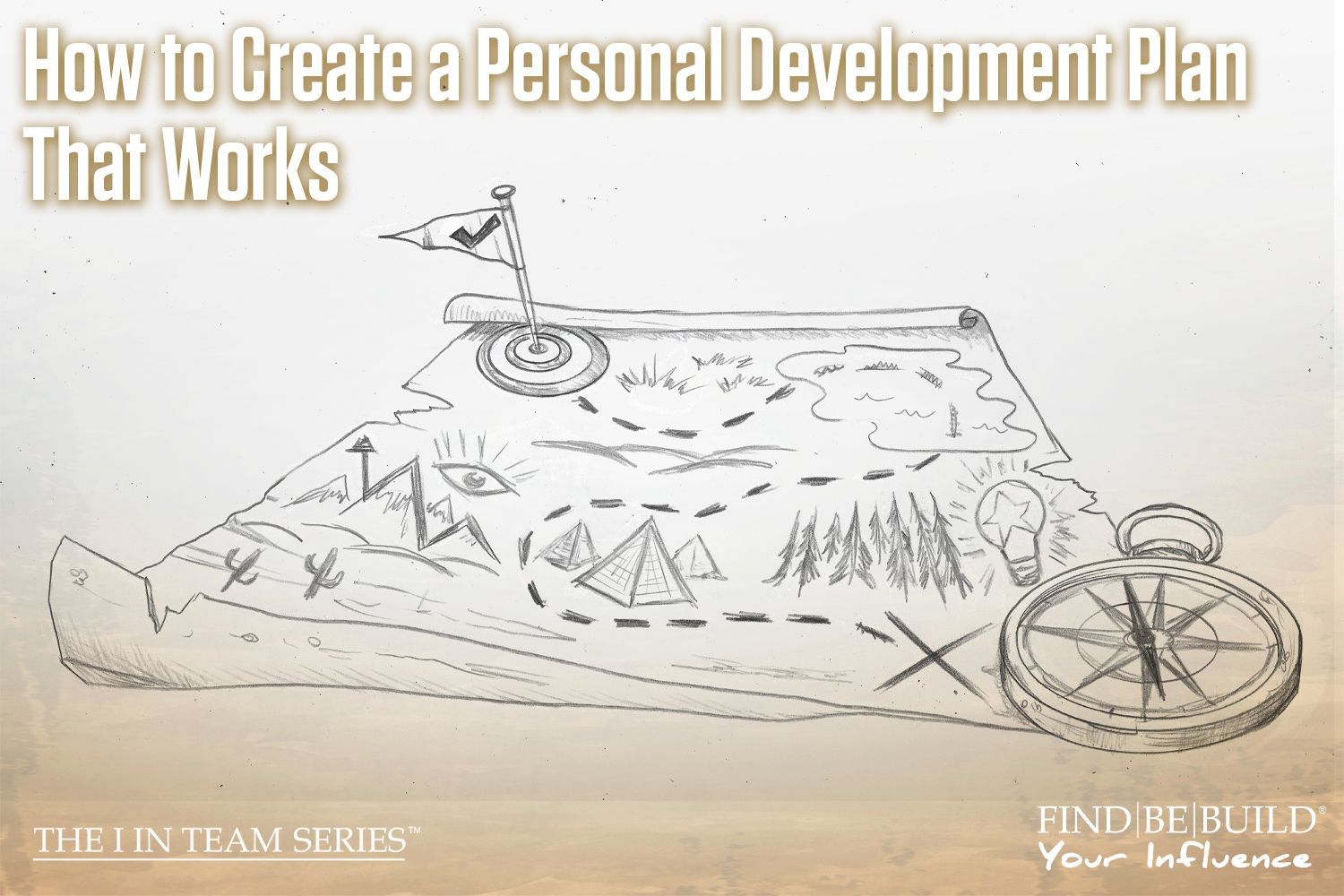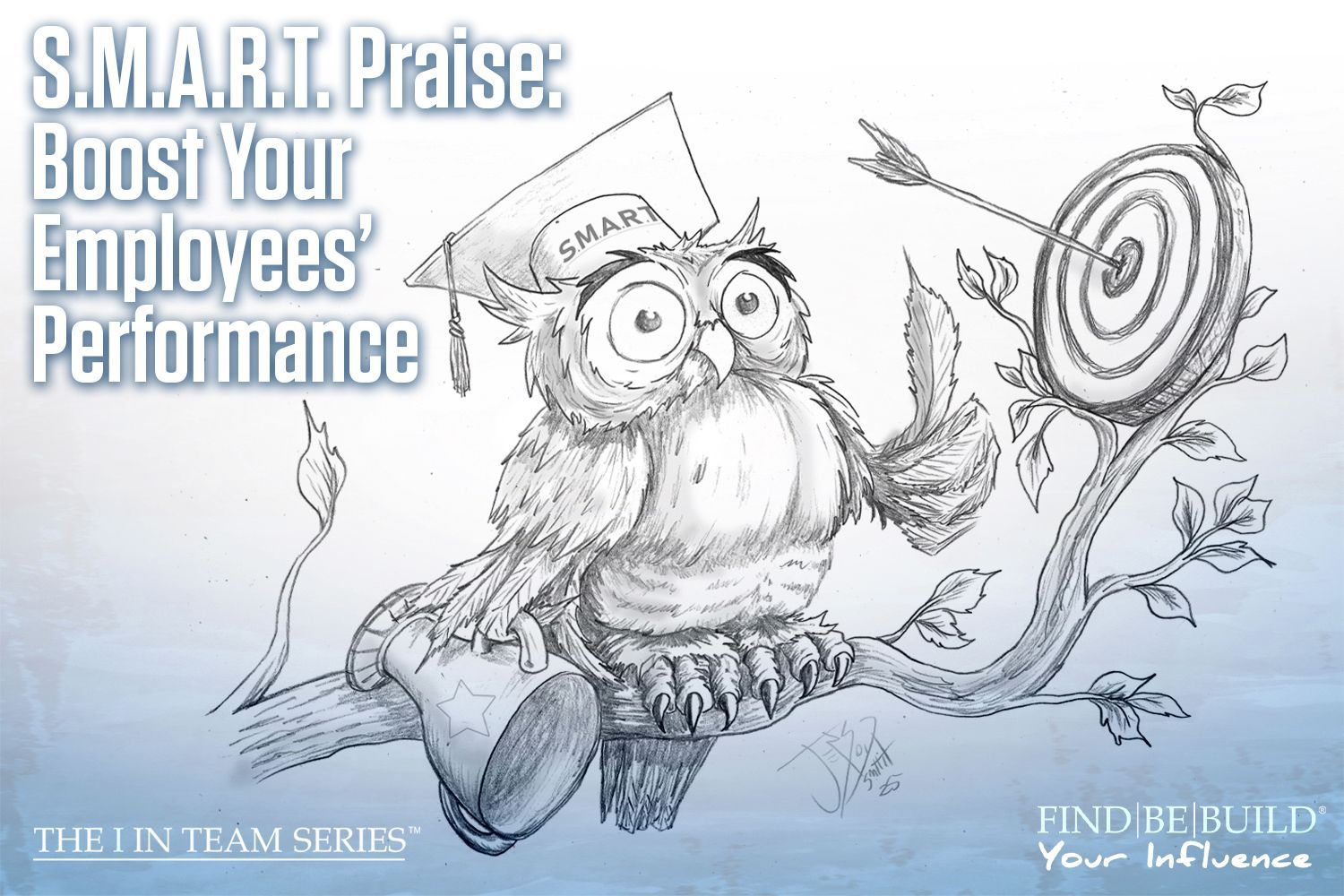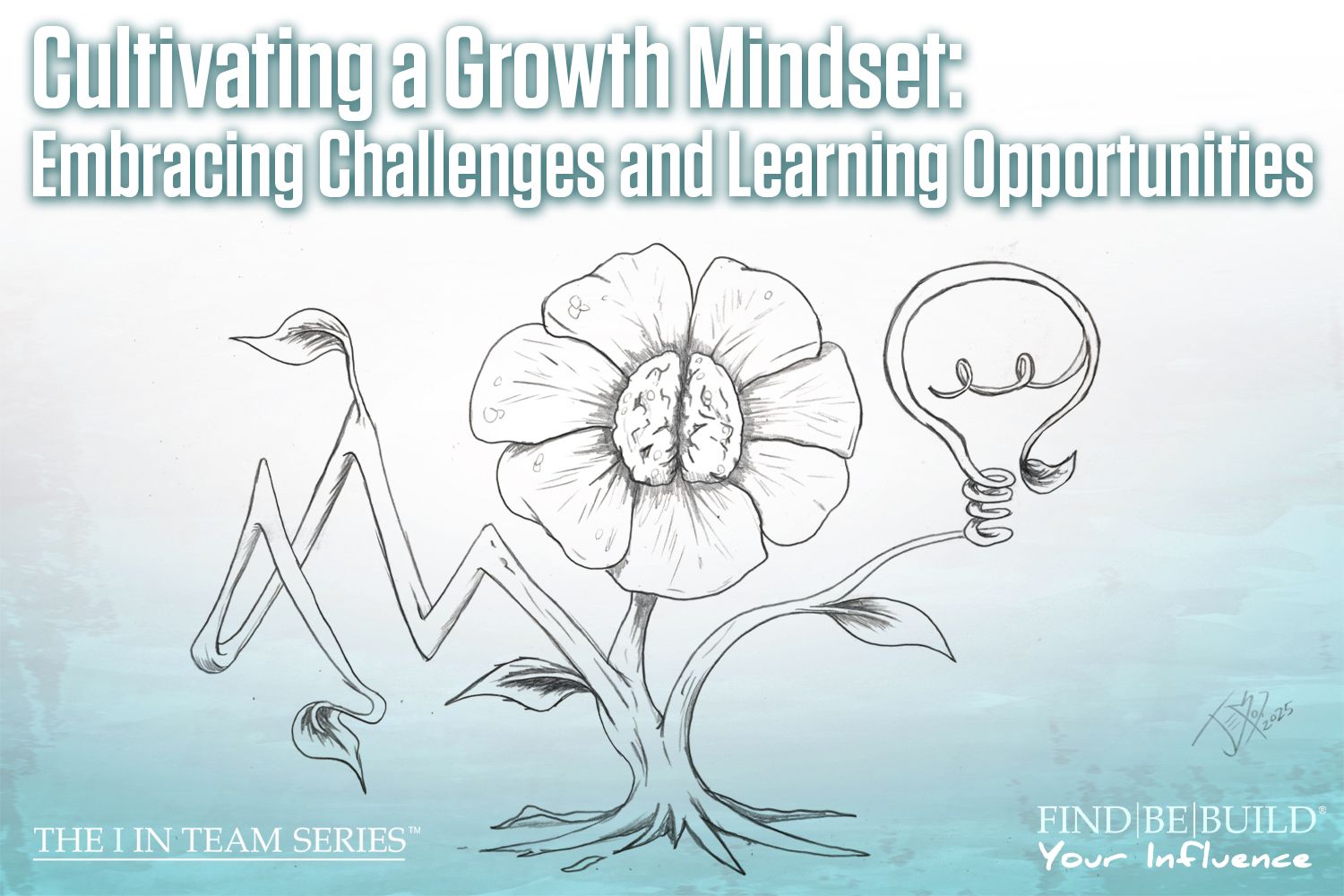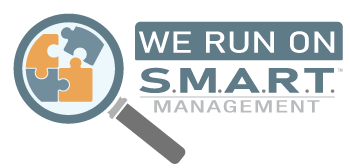The Importance of Continuous Learning: Staying Relevant in a Rapidly Changing Business Landscape
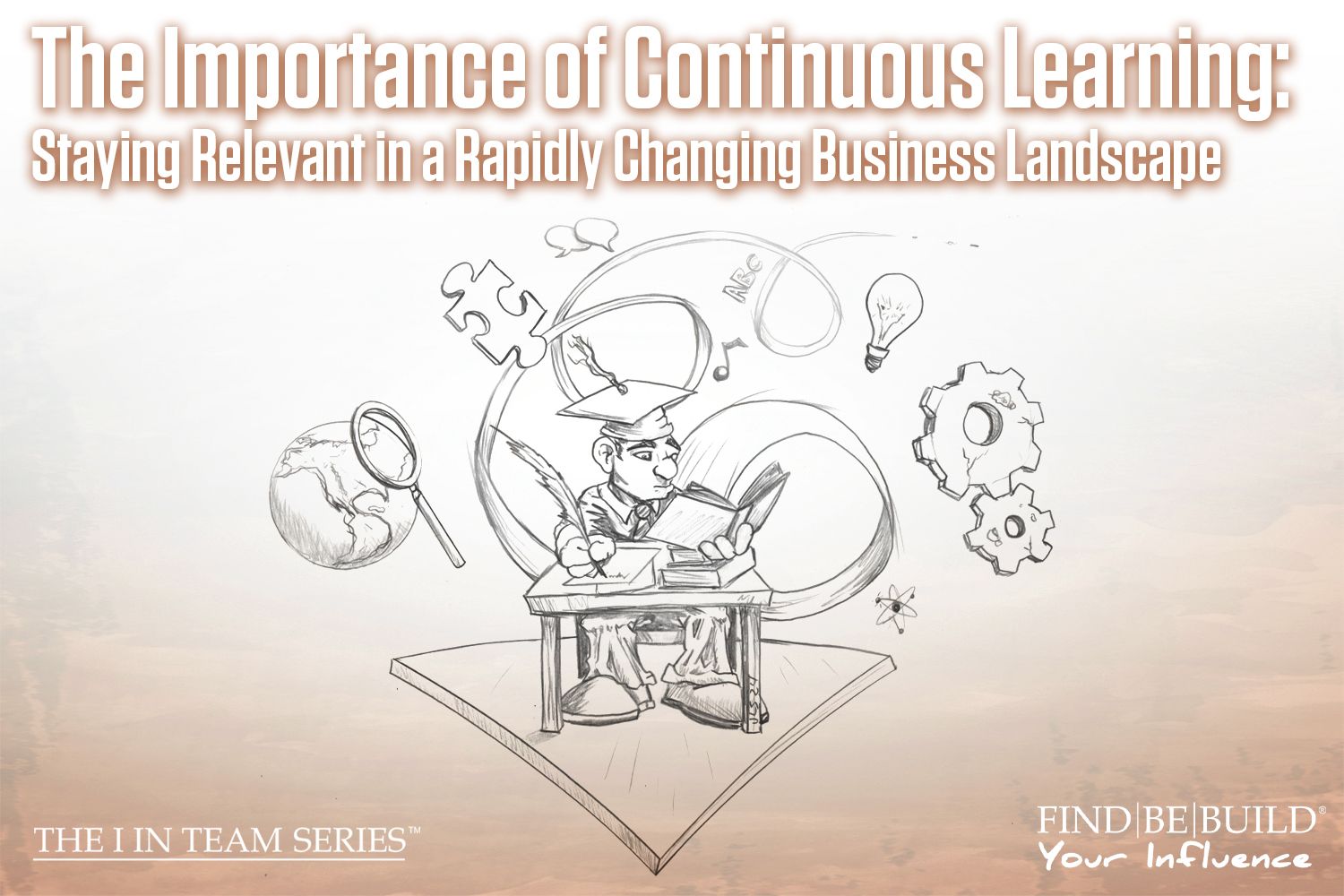
Continuous learning in business consulting
Hello, team! Mary here, continuing our journey through the I in Team series, where we empower you to find, be, and build your influence. If you’ve read our books, articles, or heard Brian speak, you know that we deeply value staying educated within our industry and in those related to our clients and partners. In fact, Brian reads articles daily, immersing himself not only in consulting but in all the industries we touch. This practice ensures that he stays relevant and prepared to serve clients fully, embodying the value of continuous learning. Here’s why this commitment matters.
Remain Competitive
In every industry, trends, technologies, and expectations evolve constantly. By staying informed, you gain a competitive edge and empower your team by sharing insights that benefit everyone. The more aware you are of emerging tools, products, and strategies, the better prepared you’ll be to lead with confidence and influence the direction of your team and organization.
Adapt to Change
The COVID-19 pandemic highlighted the need for flexibility and adaptability in all areas of business. As industries continue to shift due to regulations, economic trends, and tech advances, staying educated ensures that you and your team can adapt swiftly, turning potential disruptions into opportunities.
Recognize Opportunities
Identifying and acting on new opportunities before your competition is essential. By understanding where your industry is headed, you can spot market gaps and develop partnerships and innovative solutions that benefit not just you but your entire organization. As you continue to learn and grow, you enhance your influence and open doors for others to do the same.
Build Credibility
To earn and retain credibility in your industry, you need to be seen as knowledgeable and forward-thinking. This credibility extends beyond individual reputation—it strengthens trust across the team and with clients, partners, and stakeholders. By modeling a commitment to continuous learning, you encourage your team to stay informed, creating an organization-wide culture of trust and accountability.
Enhance Decision-Making
Decisions are simpler when you have a deeper understanding of the challenges you face. Staying informed allows you to make choices that align with S.M.A.R.T. goals—specific, measurable, attainable, realistic, and timely. By grounding decisions in continuous learning, you support not only your growth but also strategic progress for your team and organization.
Foster Innovation
Exposure to new ideas fosters innovation, both individually and as a team. Learning is rarely done in isolation; by staying open to new methodologies, techniques, and ideas, you invite fresh perspectives that fuel collective creativity. Innovation is essential for lasting business transformation and collective success.
Bottom Line
Staying engaged and informed supports professional success while nurturing curiosity and resilience in a changing world. Embrace learning as a shared goal, helping your team to stay innovative, seize opportunities, and foster trust across all levels. When we prioritize continuous learning, we build a stronger, more adaptable, and influential organization together. Plus, learning is fun!
